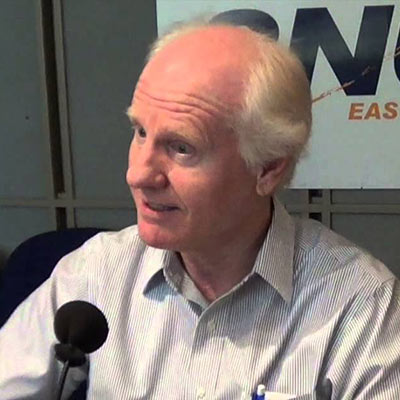Quantification and mitigation of space weather effects on space related technologies.
The Centre for Space Physics is Australia’s leading centre for research on the properties and dynamics of near-Earth space, a region which extends from the ionosphere (150-1000 km) to beyond the influence of the Earth’s magnetic field (typically around 60,000 km altitude).
This region is the realm of communications, Earth observation and other satellites which are subject to Space Weather, caused by solar activity such as coronal mass ejections and flares that eject particle and electromagnetic radiation into space. Space Weather impacts all technology in space and the ionosphere including HF radar surveillance, space situational awareness, satellite performance and operations and humans in space. Mathematical models in concert with experimental data are used to predict and mitigate adverse space weather conditions and impacts.
Competitive advantage
- Over 50 years experience in space weather research
- Adapt and apply international research findings to the Australian context
- International and national partners ensure access and participation with state-of-the-art research and applications
Successful applications of research
- Magnetoseismology; remote sensing of near-Earth space from MEO to geosynchronous orbit and beyond
- Index based, HF communications recovery prediction tool during space storm conditions
- HF radar Doppler clutter simulations and predictions
- Global-minute scale maps of locations and intensity of auroral currents for space situational awareness
Partners
- Johns Hopkins University Applied Physics Laboratory
- Oak Ridge National Laboratory, University of Minnesota (USA)
- LaTrobe University
- RMIT University, Melbourne
- Bureau of Meteorology Space Weather Services, Sydney
Impact
- Understand and then develop strategies to mitigate for Doppler clutter in HF signal propagation in the ionosphere
- Provide a science-centred understanding of adverse space weather phenomena
- Development of space weather warning and mitigation strategies
- Developed remote sensing capability for determination of the distribution and dynamics of the plasma population throughout near-Earth space
- Produced graduates with skills in space technologies, data interpretation and ionosphere and magnetosphere physics
Capabilities and Facilities
- Computer simulations (custom and community) of various space weather phenomena
- Research data sensors in Antarctica (magnetometers, imaging riometer, HF radar) and mainland Australia
- Dedicated laboratory and data centre for space environment research
